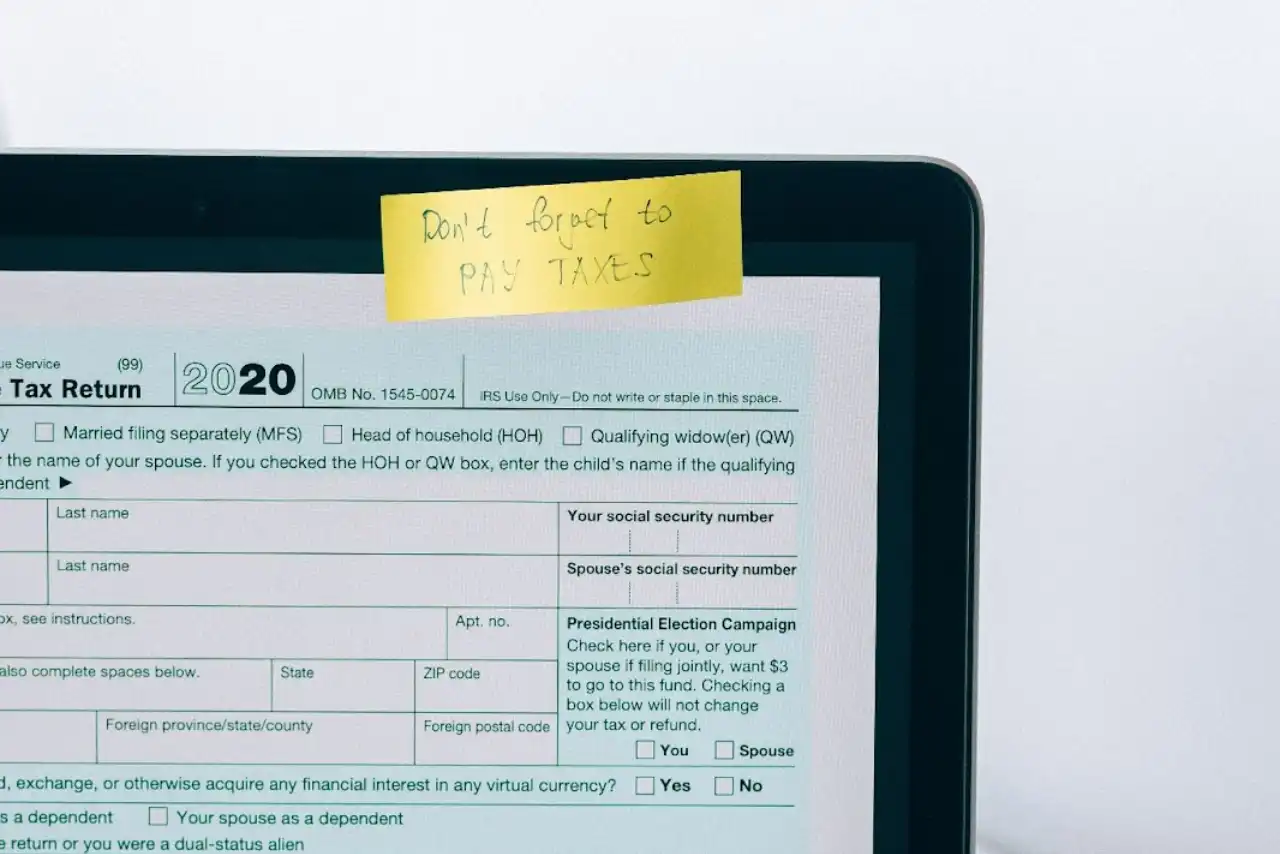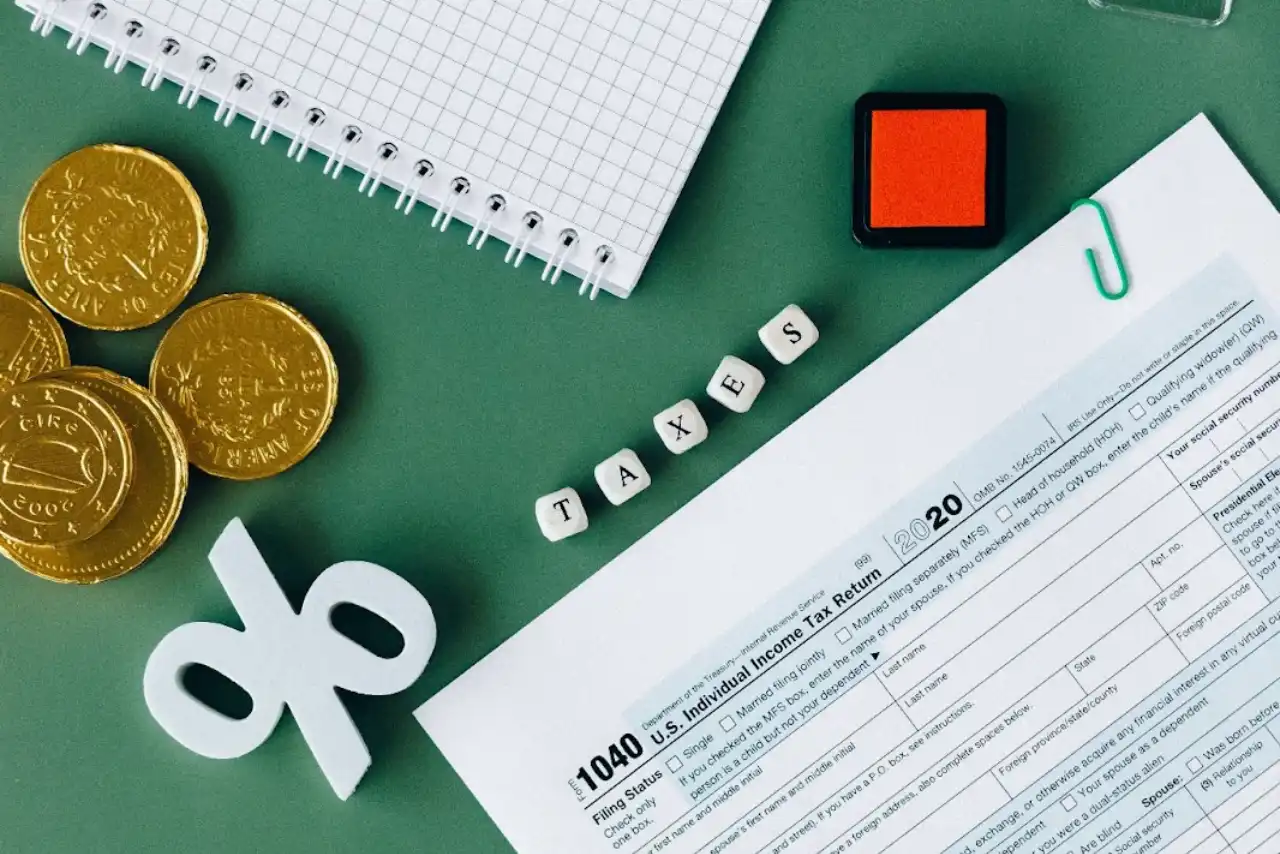The purpose of the employee retention tax credit (ERC) was to encourage employers to keep employees on the payroll due to the effects of the coronavirus outbreak. Even if your business qualified for the Paycheck Protection Program (PPP) first or second draw loans, your business may still qualify for the employee retention tax credit.
When it comes to the employee retention tax credit vs. PPP loans, the ERC is a bit more involved. There are many “ERC Consultants” out there that are promising huge credits by taking aggressive approaches to claiming the credit and subjecting the business to undue risk. Rest assured we are here to help you navigate the process and ensure you are claiming the credits you actually qualify for.
| Check out these other blogs about taxes: |
Your business may still be eligible to claim the employee retention tax credit for 2021 and 2020. You have up to three years to file amended returns to claim the Employee Retention Credit.
Get up to $26,000 per employee
Provided you are eligible, the maximum amount of credit per employee is $26k which combines the $5k credit from 2020 with $7k for the first three quarters of 2021. While you have until 2024 to claim the 2020 credit and 2025 to claim the 2021 credit, waiting means missing out on investment opportunities in the meantime.
Furthermore, if your business qualifies as a recovery start-up business, the employee retention tax credit has been extended for Q4 of 2021 where you could be eligible for an additional $7k per employee.
Who Qualifies for the Employee Retention Tax Credit?
The employee retention tax credit is available to eligible employers operating a trade or business that meets one of two following tests:
- The operation of the trade or business is fully or partially suspended during the calendar quarter due to orders from an appropriate government authority limiting commerce, travel, or group meetings due to COVID-19, or
- The employer experienced a significant decline in gross receipts (revenue) when comparing quarters between 2019 and 2020 or 2021.
- For March 13th, 2020 through December 31st, 2020 a significant decline in gross receipts (revenue) is less than 50% of gross receipts (revenue) for the same calendar quarter in 2019.
- For January 1st, 2021 through June 30th, 2021 a significant decline in gross receipts (revenue) is less than 80% of gross receipts (revenue) for the same calendar quarter in 2019.

Credit: Nataliya Vaitkevich
How Does a Business Claim an Employee Retention Tax Credit?
Originally employers reported the qualified wages and claimed the credit on their federal employment tax returns, usually Form 941. Since payroll tax filings for 2020 and 2021 have already been made, employers will need to file an amended payroll tax return retrospectively for any quarter they are eligible and wish to claim an employee retention tax credit. Companies will also need to amend their business returns for any year the credit is claimed.
Navigating the Employee Retention Tax Credit
If you’re interested in securing the employee retention tax credit for your organization, the best route forward is to work with a qualified tax credit advisor. Even with all of this information, navigating the process can be challenging. To maximize your tax savings, you can count on the professional team here at indinero.
Our industry experts can provide a one-stop shop for all of your financial strategy and tax needs. Our specialized tax expertise can provide your business with the full allowable benefit of the employee retention tax credit as well as other opportunities. Reach out today to speak with one of our experts about how your business can maximize its tax savings.
Featured Photo Credit: Nataliya Vaitkevich



